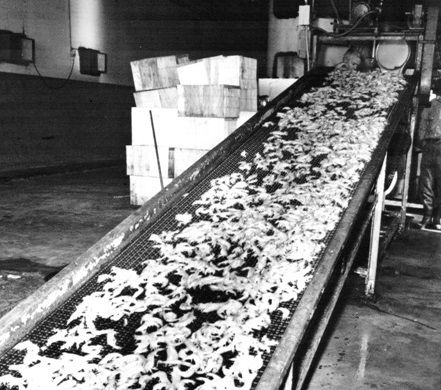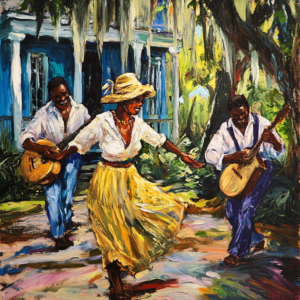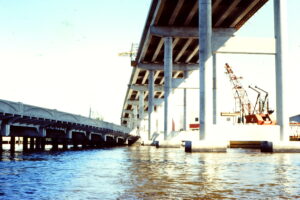
In 1949, “pink gold” was discovered in the Dry Tortugas off Key West. This particular species of shrimp, known by its scientific name of Penaesus Duoranum, is considered by many to be the sweetest species harvested in the United States.
When word got out that this new pink shrimp was something special, shrimpers from all over Florida began to relocate to the southern waters where the new species was being caught. Shrimpers need a place to offload their catches and discovered the small island nestled between Estero Island and the mainland. With its easy access from the Gulf, San Carlos Island became a place where the shrimp boats could unload their catch, repair their nets, and stock their boats with fuel and food. It didn’t take long before more docks and processing plants.
That’s when fishermen first discovered pink shrimp in the Gulf of Mexico. Shortly thereafter, San Carlos Island – the small island between the southwest Florida mainland and Fort Myers Beach’s main Estero Island – popped up as a makeshift village to provide the shrimping boats with food, ice, nets, repairs, equipment and other supplies. Docks and processing plants were constructed to prepare the shrimp for shipping across the country.
By 1951 seven shrimp packing houses had been built to serve the growing shrimp fleet. The first “Blessing of the Fleet” festivities began this year as well when an Episcopal Bishop blessed the fleet from the old swing bridge.
In 1952, local shrimpers began traveling to Campeche, Mexico where new pink shrimp beds had been discovered. Two years later, pink shrimp was discovered off the coast of Sanibel and the “pink gold rush” had begun.
At this time, the shrimpers were paid 38 cents per pound for 20/25 count shrimp and by the mid 1950s, the shrimp boats were pulling four nets on double rigs to keep up with the demand.


